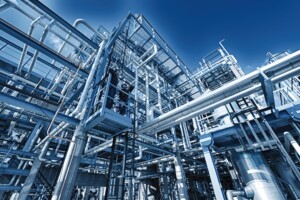In today’s competitive market, products need to be made faster, stronger, and more affordably. That’s where custom plastic product manufacturing steps in. Whether you’re a startup creating prototypes or a manufacturer in need of mass production, finding the right partner makes all the difference.
At Accurate Products Inc., we specialize in custom plastic product manufacturing that meets the specific needs of our clients in Chicago, IL. Contact us today at 773-878-2200 to learn how we can bring your design to life.
Read More about Mastering Custom Plastic Product Manufacturing in Chicago »
 Trusted Rubber and Plastic Manufacturers
Trusted Rubber and Plastic Manufacturers



 Rubber leg tips may seem like an insignificant detail when it comes to everyday items like furniture, canes, ladders, or crutches. However, this small accessory is important in enhancing safety, durability, and comfort. In various contexts, from household furniture to medical equipment, rubber leg tips serve as a protective and functional enhancement that should not be overlooked.
Rubber leg tips may seem like an insignificant detail when it comes to everyday items like furniture, canes, ladders, or crutches. However, this small accessory is important in enhancing safety, durability, and comfort. In various contexts, from household furniture to medical equipment, rubber leg tips serve as a protective and functional enhancement that should not be overlooked.